How To Maintain Your Appliances
The Fridge
Opening your fridge to be greeted with an unpleasant smell is enough to put anyone off their food. Wipe walls, shelves and the main door regularly, especially after spills. Use either a sterilising fluid, such as Milton, or a mix of vinegar or bicarbonate with water. Empty the fridge before throwing away anything that is out of date, and wipe the underneath of cartons and jars before replacing. Finally, to keep odours and bacteria at bay, invest in a fridge purifier. The Wpro PurifAir Starter Kit will keep your fridge much fresher for longer.
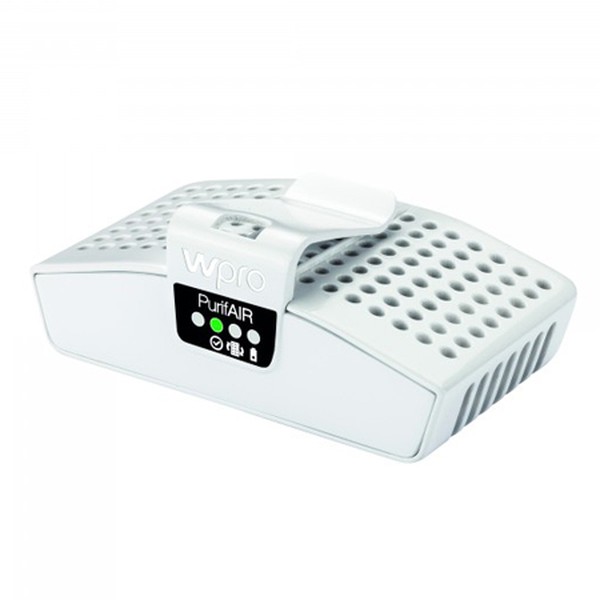
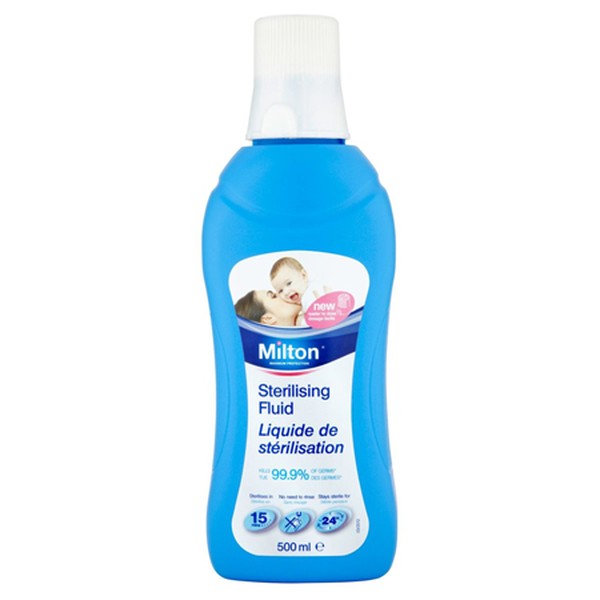
The Dishwasher
Hard water and limescale are the enemy of dishwashers so descale yours monthly if you live in a hard water area. Use rinse aid and salt frequently, and empty the filer and drain as much as possible so the pump doesn’t have to work as hard. Every month, put a bowl of vinegar in the upper rack and run a hot cycle to remove grease and grime. Hard water deposits, soap scum and rust stains will be removed from the walls of the dishwasher. You can also scatter bicarbonate of soda around the bottom of the machine and run a short cycle to refresh it.
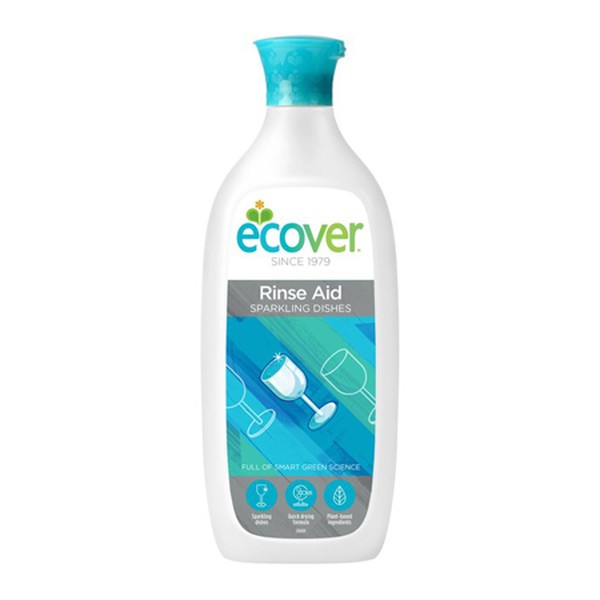
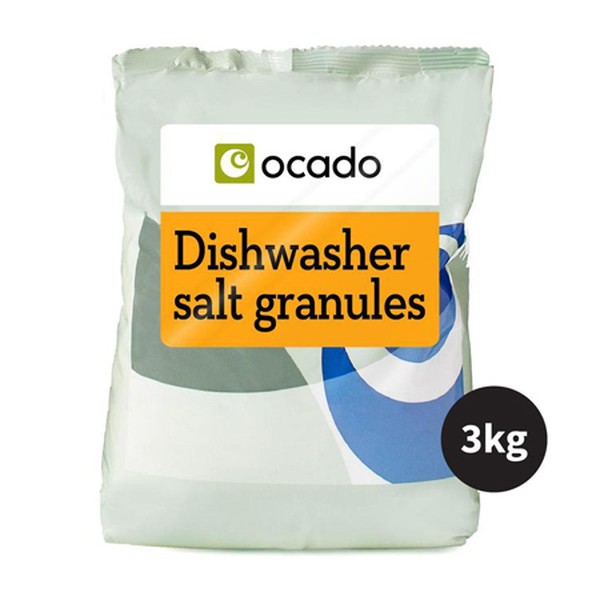
The Oven
If you want a natural alternative to hard chemical cleaners, a cleaning ‘paste’ of equal parts baking soda and white wine vinegar is just as effective. You can also mix up lemon juice with salt, and spoon it onto any stubborn areas. Simply leave for a few hours before scrubbing off grease or dirt. Prevention is always better than cure, so wipe your oven and hob regularly after cooking. For an oven cleaner with chemicals, Delphis Eco has an effective range that is still kind to the planet, while also delivering the right results. If your oven has a pyrolytic function, you should run it about once a month.
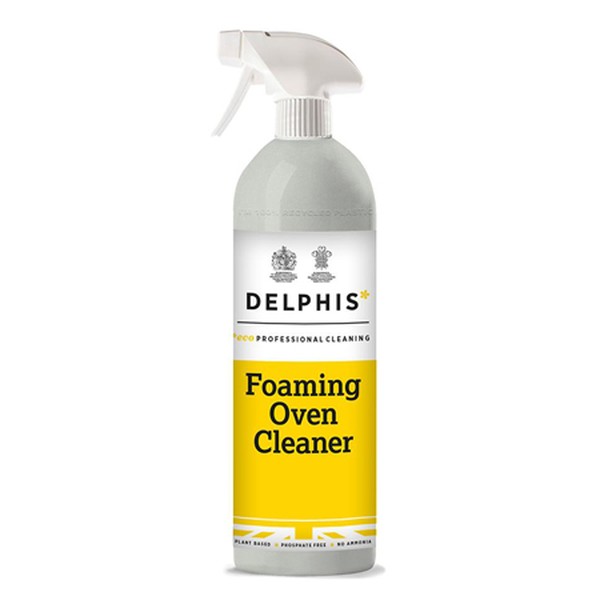
The Washing Machine
Low temperature washing cycles are good for the environment and gentle on your clothes but provide an ideal breeding ground for bacteria. Run a high temperature washing programme with an empty machine once a month using Dr.Beckmann’s Service-it Washing Machine Cleaner. Alongside removing dirt and grime, it also eliminates limescale on your machine’s elements to improve efficiency and protect against future breakdowns.
Another effective descaler is Quickshine. Supplied in a convenient drop-in tab, and capable of removing limescale from the heating element, this descaler will prolong the life of your washing machine. Perfect to remove limescale and keep the pump and outlet clear, this descaler will save you money on the electricity bill too.
Finally, fabric softeners and detergents can build up on the door seal, drum and the drawer. Use an antibacterial cleaner in all the nooks and crannies. Just be sure to always check the filter, and empty it of lint before leaving the machine door open to let it air.

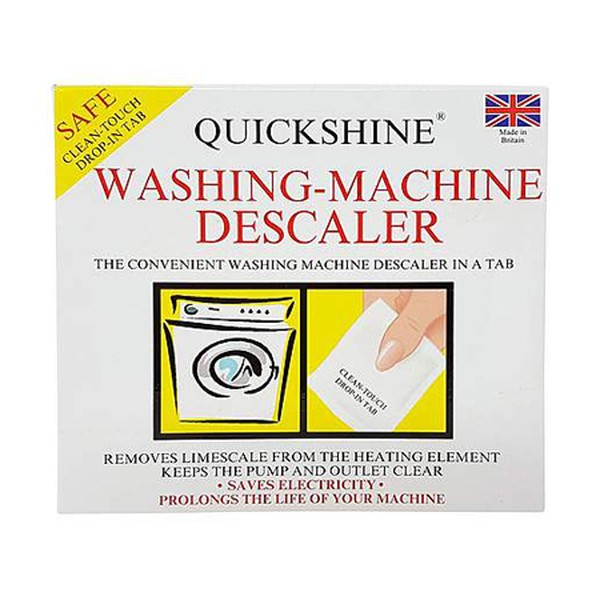
The Kettle
While many kettles have the heating element hidden under the base, it doesn’t mean limescale is no longer. You can leave a mixture of half water, half white wine vinegar inside the kettle overnight – simply rinse and boil with fresh water afterwards, discard and then use as normal. For a chemical option, there are plenty on offer at the supermarket which work. We like Ecozone Descaler best.
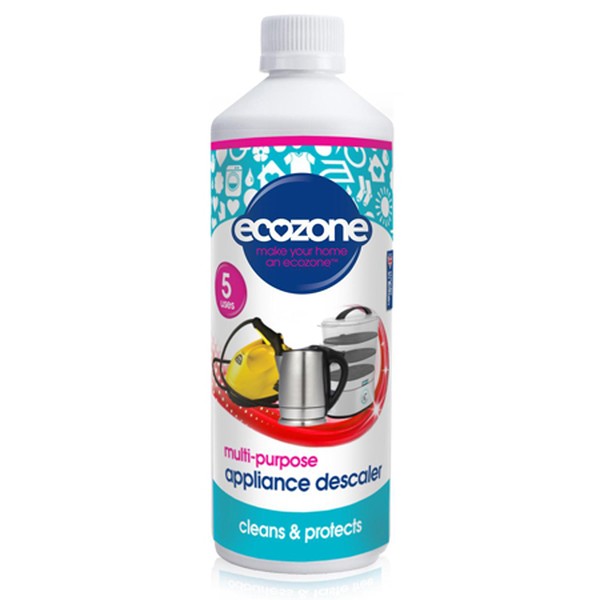
The Microwave
Steam cleaning is the way forward, according to homecare specialist Jill Nystul. Use a mix of vinegar and water, and place the cup or bowl into your microwave. Then, place a wooden spoon into the liquid. This helps ensure it doesn’t get over-heated and explode. Depending how powerful your microwave is, run it for five or ten minutes before removing the cup with an oven mitt. Wipe the inside of the door and marks and stains should come away easily.
DISCLAIMER: We endeavour to always credit the correct original source of every image we use. If you think a credit may be incorrect, please contact us at info@sheerluxe.com.


